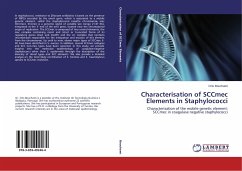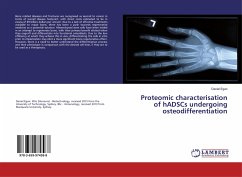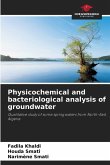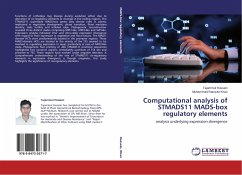In staphylococci, resistance to beta-lactam antibiotics is based on the presence of PBP2a encoded by the mecA gene, which is associated to a mobile genetic element, called the staphylococcal cassette chromosome mec (SCCmec). SCCmec is a genomic island of variable size (range 21-67 Kb), integrated at the 3' end of the orfX gene, located near the chromosomal origin of replication. The SCCmec is composed of two central elements, the mec complex containing mecA and intact or truncated forms of its regulatory genes (mecI and mecR1) and the ccr complex that contains recombinases responsible for the integration and excision of this element from the chromosome. Up until to now, eleven major types of SCCmec (I-XI) have been identified in S. aureus. In addition, several SCCmec subtypes and SCC non-mec types have been reported. In this study, we provide insights into the molecular epidemiology of coagulase-negative staphylococci other than S. epidermids through the description of the diversity of clonal types and SCC elements. We also provide a detailed analysis on the most likely contribution of S. hominis and S. haemolyticus species to SCCmec evolution.








